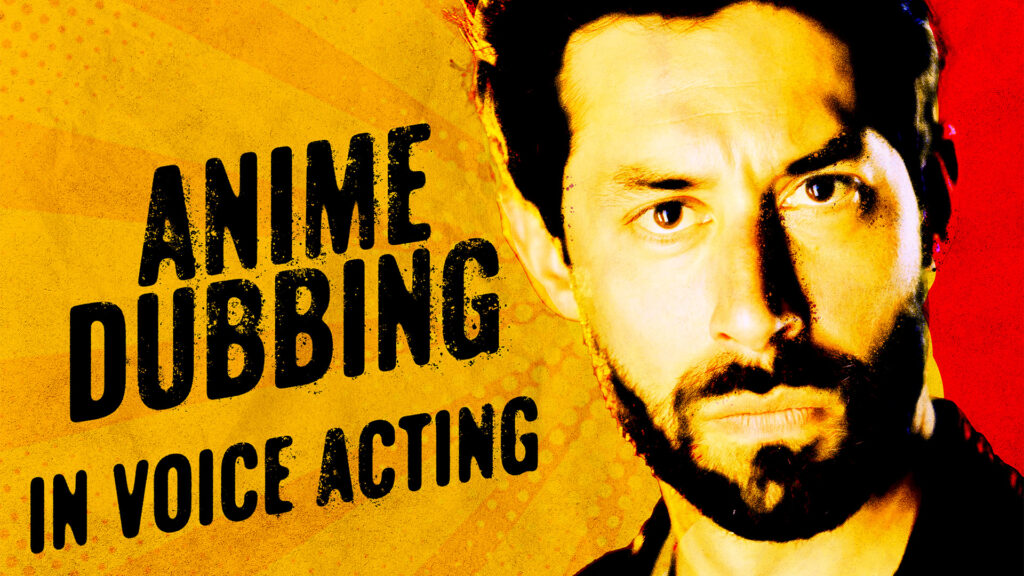Anime voice acting is often misunderstood, both within the voice actor community and among fans. Many believe that being a good anime actor is all about the ability to scream for long periods. While anime is known for its intense and sometimes bizarre scenes, there’s a lot more skill involved in anime dubbing than meets the eye. In fact, anime dubbing is one of the most technically challenging genres in voice acting.
Despite its complexity, anime voice acting is one of the least financially rewarding areas in the industry. But let’s save that discussion for another time.
So, what does it take to succeed in anime voice acting? Let’s explore two crucial skills before diving into the most important one.
Self-Awareness
Self-awareness might sound like a life skill rather than a voice acting one, but it’s vital in anime. Anime can be extremely stressful on your vocal cords due to its intense nature. Some people are naturally equipped to handle this, like J.B. Blanc or Fred Tatasciore. But if you’re not one of them, you need to be aware of your limitations.
I learned this the hard way while working on “JoJo’s Bizarre Adventure.” I chose a rough, textured voice for a character, which wasn’t my strength. After a three-hour session, I could barely speak and had to rest my voice for two days. Knowing your voice and communicating your limits is essential.
Flexibility
Flexibility is another life skill that applies to anime voice acting. In anime sessions, you must adapt to rapidly changing circumstances. The industry isn’t as structured as commercials or corporate presentations. Scripts often need on-the-fly adjustments to fit the screen’s context.
Anime adapters, who translate and localize scripts, are overworked and underpaid. This means you might have to try different versions of a line without preparation. Anime dubbing is a collaborative effort, and being flexible helps you stand out as a valuable team member.
The Most Important Skill: Timing
Now, let’s talk about the top skill needed for anime voice acting: timing. If you’re a fan of anime, you’ve noticed the characters’ lips moving. As English voice actors, we must match these movements, even though the original animation was done in another language.
This requires a superb sense of timing. You preview the scene, hear it in Japanese, and then deliver it in English, all while keeping time with the character’s mouth movements. Being a musician can help, as it gives you an innate sense of rhythm.
Timing is crucial because anime isn’t paid per episode like network TV animation. Clients want to get through as many episodes as possible to keep budgets down. The quicker you can adapt to the timing, the more efficient the session, making you a hero to directors and clients.
It’s Not About the Voice
Interestingly, none of these skills involve what people typically associate with voice acting: the voice itself. It’s not about creating wild character voices or making strong choices in the script. It’s about technical skills like timing and flexibility.
Voice acting is more than just how you sound. It’s about understanding the many components of the business and finding ways to succeed. I hope this insight lifts the veil on what it takes to be a successful anime voice actor.
If you’re ready to take your career to a level beyond that of an aspiring voice actor, I’ve got a free eBook you can pick up here. Practice the skills we talked about today in your next- PRACTICE SESSION ZEE!





